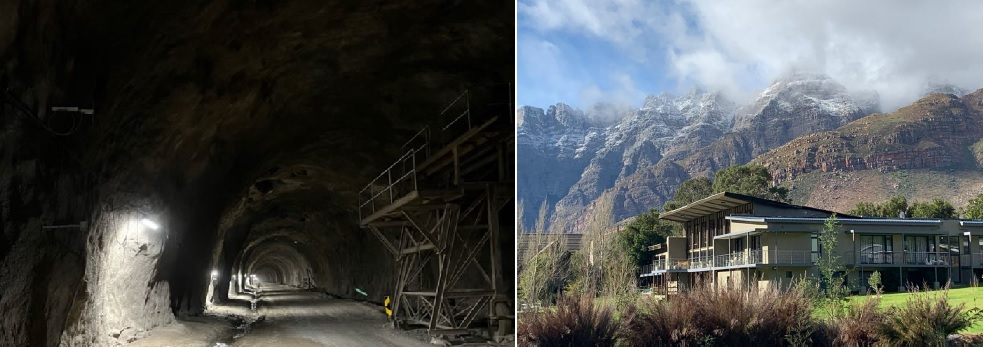Speaker
Description
Since the late 1980s, the field of astroparticle physics has seen tremendous growth and deep underground laboratories (DULs), the primary infrastructure, have directed the narrative on elementary particles, from lepton flavours to neutrino interactions as well as dark-matter research.
DULs are essential for sensitive experiments that require a low radiation background. This unique environment could have a significant impact on living organisms. Biological studies in extreme environments have shown that prokaryote and eukaryote cells undergo a stress response when exposed to these sub-background radiation conditions, resulting in genetic sensitivity, i.e. a reduced ability to repair genetic damage, changes in enzyme activity, reduced cell proliferation and increased generation time. Experiments investigating growth rates in mammalian cells have shown an increase in cell density at confluence. Human cells were less efficient in scavenging reactive oxygen species, possibly due to an impaired activity of antioxidant enzymes and ultimately demonstrated an increase in radiation induced mutations. At the organism level, fruit flies, commonly used to investigate human gene function, were grown deep underground. After only one generation, these living organisms demonstrated a significant increase in median life span and a 30% reduction in fertility for several generations. There is thus scope for investigations into the beneficial and harmful effects of the deep-underground environment on humans which could provide insight into biological processes that drive mutation and evolution in living organisms.
This review of existing literature and ongoing research aims to outline the types of experiments conducted at the most reputable DULs globally to consider how the infrastructure has benefitted research, to contemplate opportunities for novel interdisciplinary research and to present an outlook on the goals and possibilities at PAUL.
